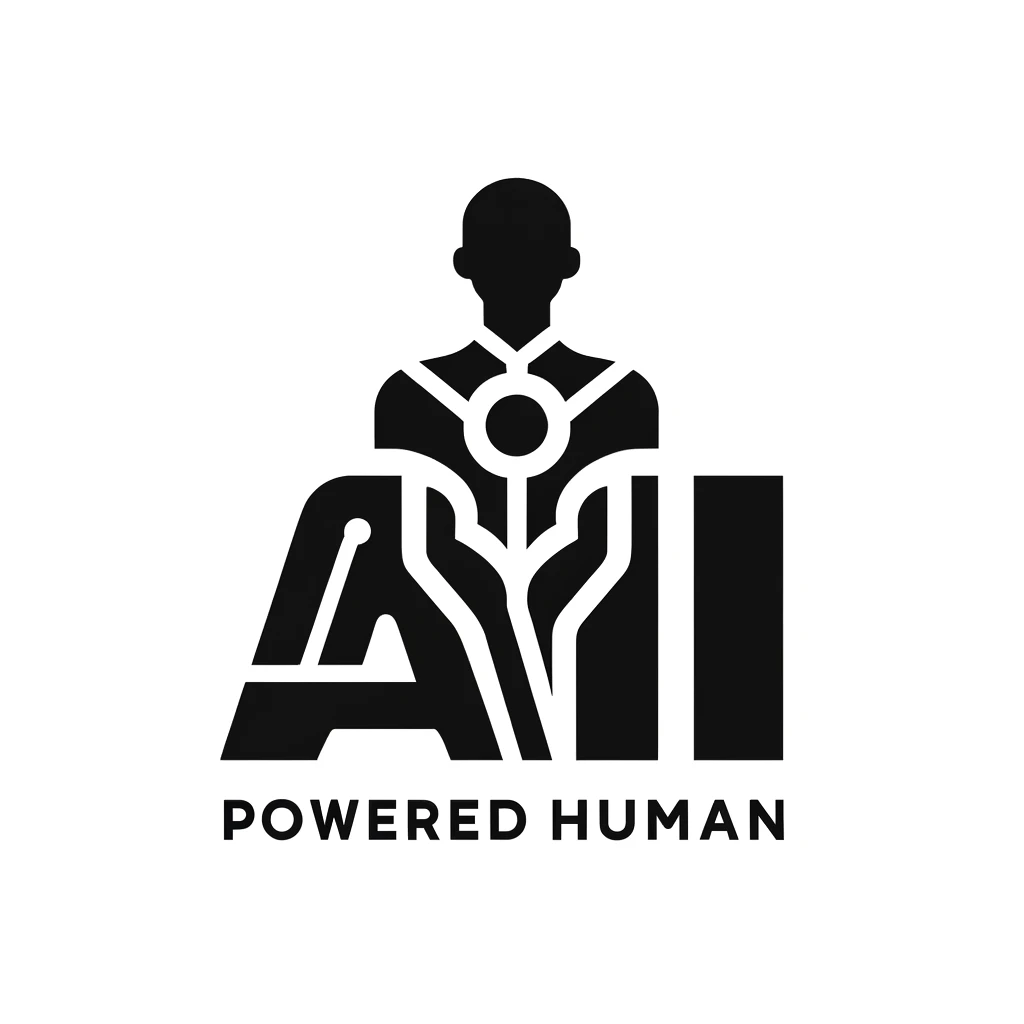Understanding the Transformer Model in Simple Terms
The Transformer model is a technical marvel in computational linguistics that has reshaped the way machines process language. At its heart are Transformer blocks, building blocks adept at discerning the nuanced interplay between words in a sentence. These blocks employ self-attention, a kind of mechanism that scrutinizes each word in relation to others, to craft a more insightful representation of the text.
To operate this intricate work, matrices known as query, key, and value come into play. They each serve a unique purpose in the model’s quest to understand text. Aiding this process is the use of ‘heads’, which can be thought of as individual attention units that observe different aspects of the linguistic puzzle. Additionally, a Multi-Layer Perceptron layer works to expand the model’s capacity for intricate expressions.
The model’s efficiency and learning ability benefit from layer normalization and residual connections – technical tools that optimize its learning curve. To make this model tangible and interactive, there’s a feature allowing users to insert text strings, manage uncertainty levels, and view attention maps. This explanation uses the GPT-2 model, which users can operate directly within their web browsers.
Read more:
OpenAI
